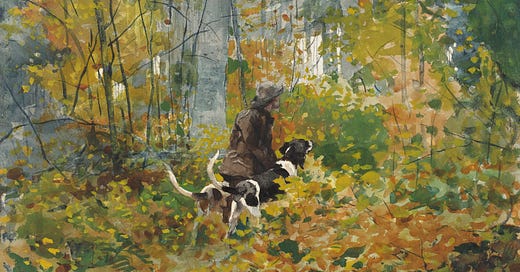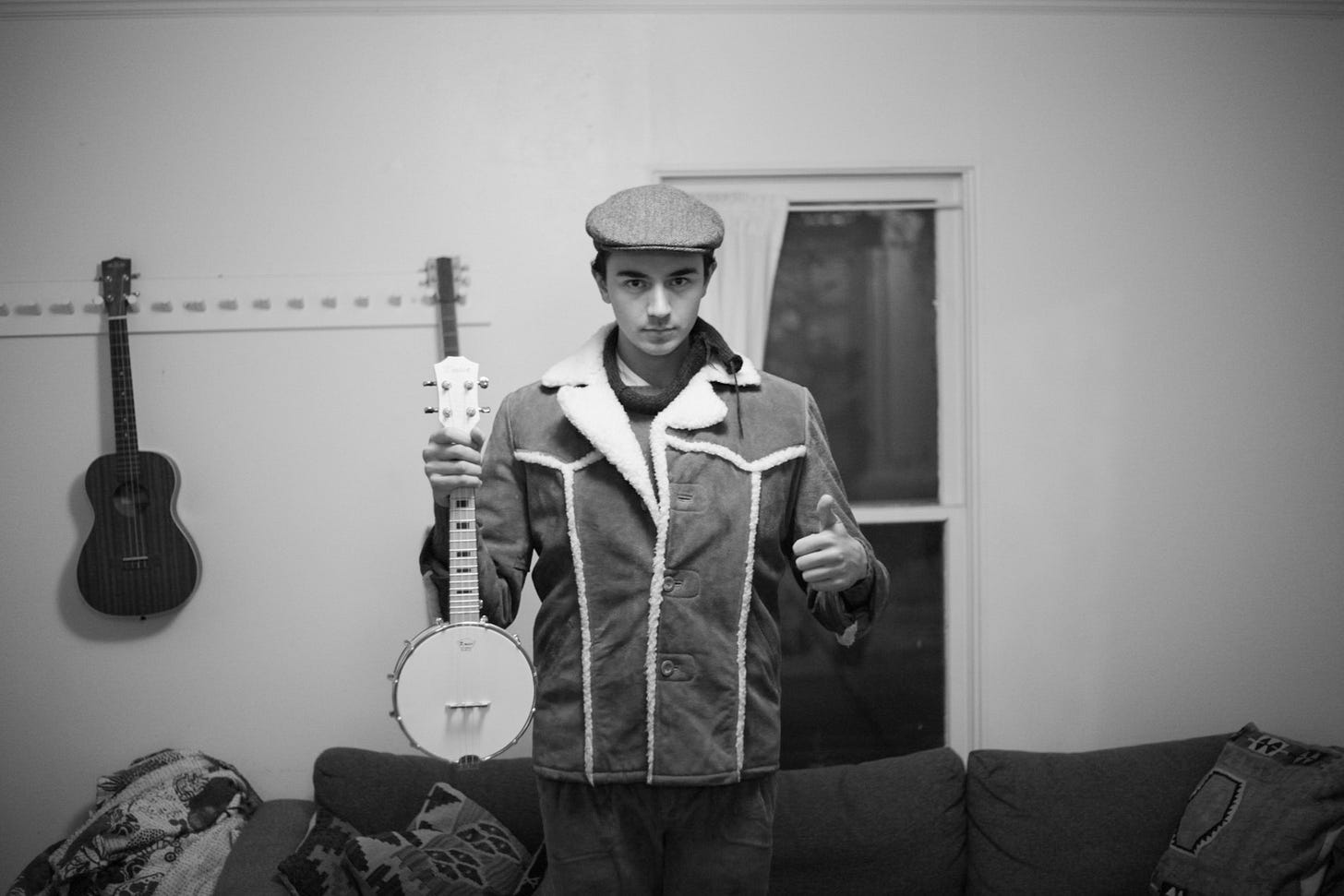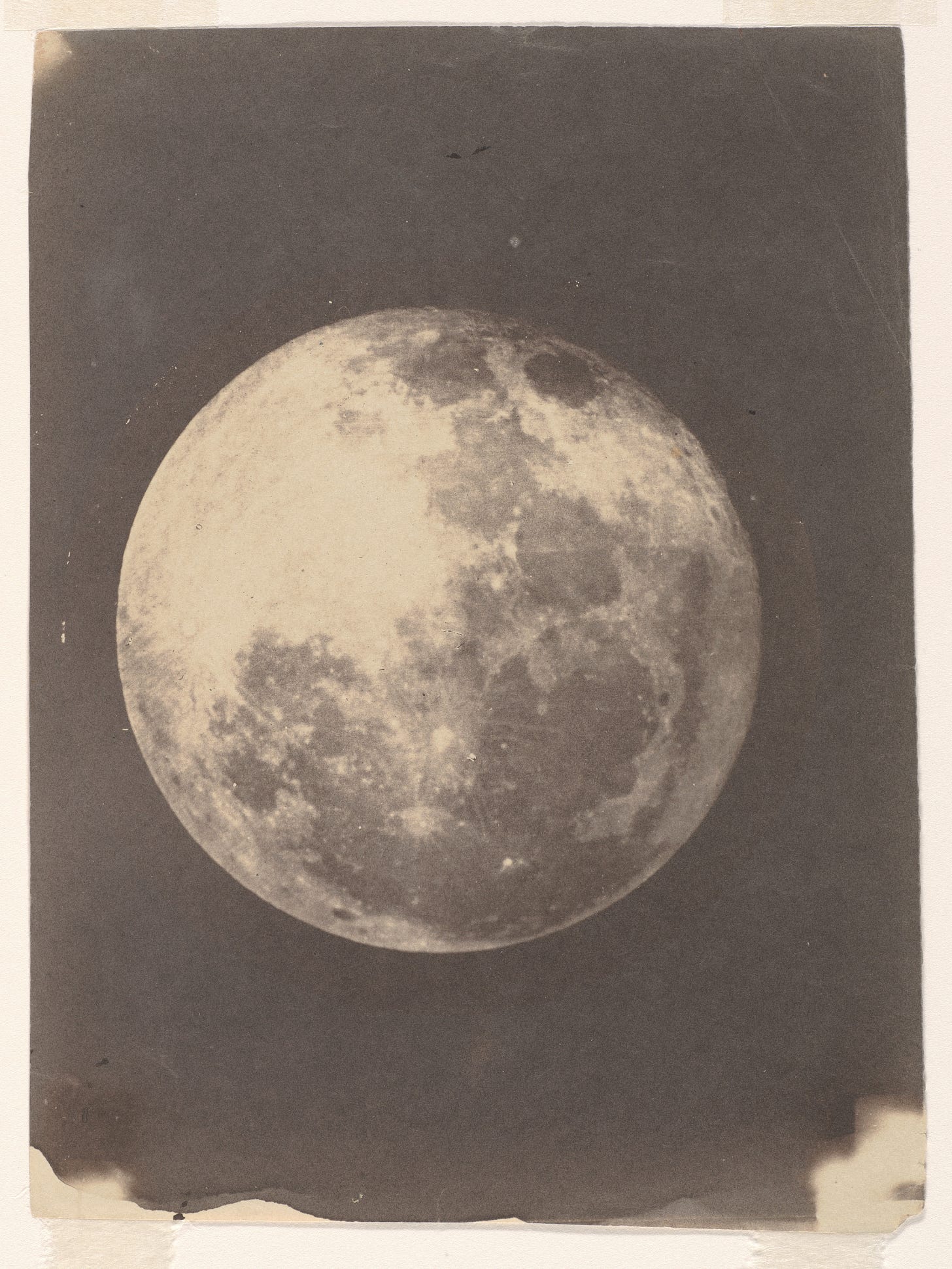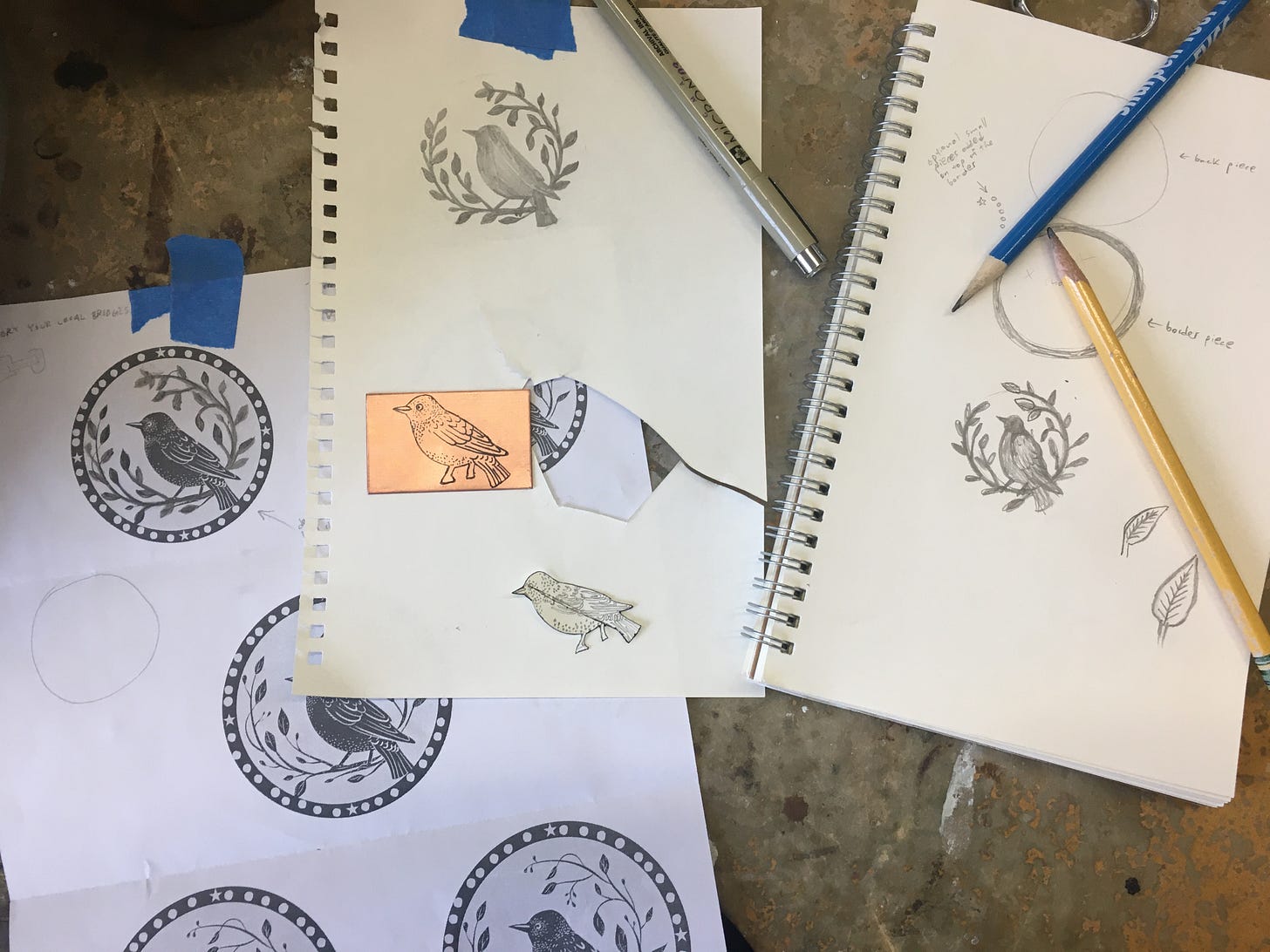Use Your Hands to Make Things 🧶
I am so tired but happy.
This week, the material world of Flora has started to come together. The money I’ve saved for months has started to be used to purchase props, equipment (thank you to my parents for the new lens!), and more objects.
The ideas that for months have lived only in imagination, conversation, and lists scattered across notebooks in my house and Google Docs on my phone have begun to translate into physical pick-it-up-in-your-hands reality.
I feel a little guilty about the number of times I’ve gone to antique markets, thrift stores, and consignment shops and bought props from the list when I’ve felt grumpy this week. Retail therapy and materialism ain’t where it’s at. But, it is literally what I am supposed to do right now. We film in under 2 1/2 weeks.
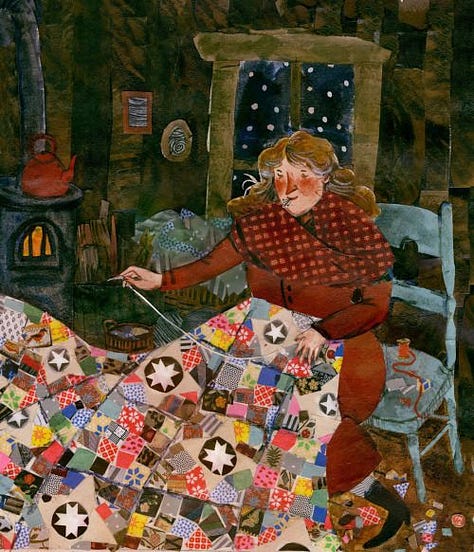
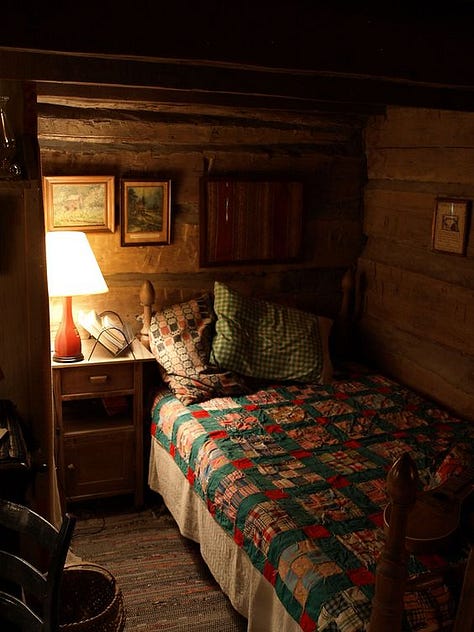
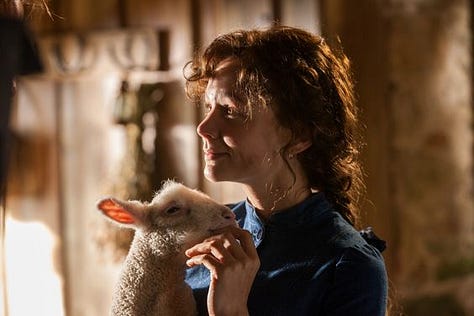
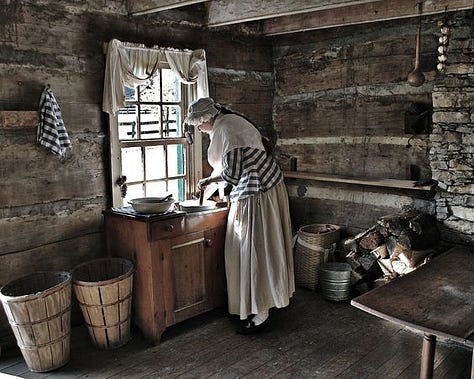

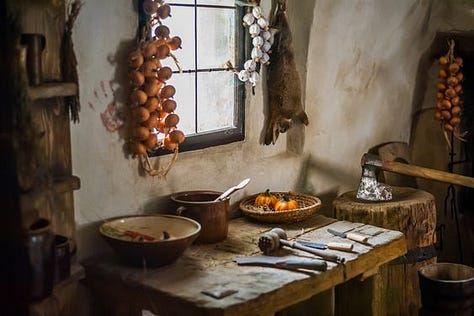
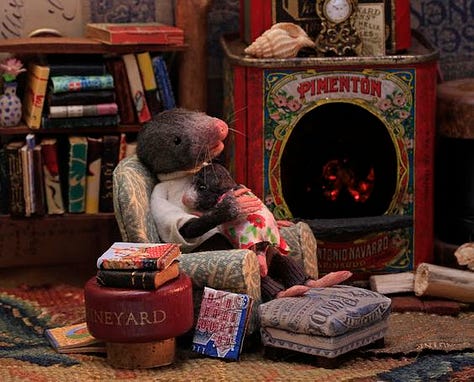
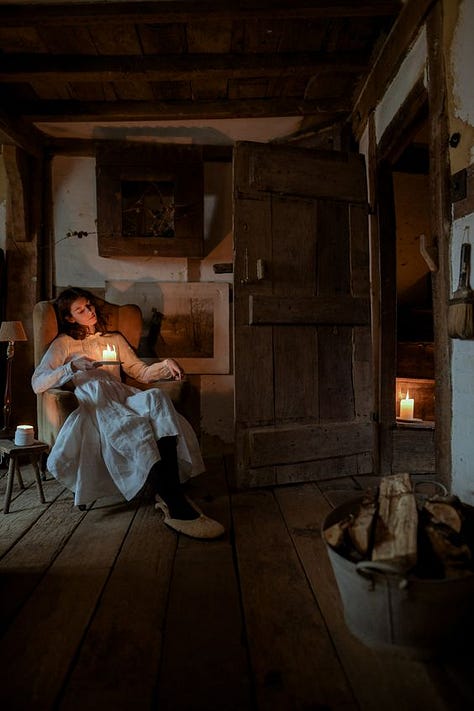
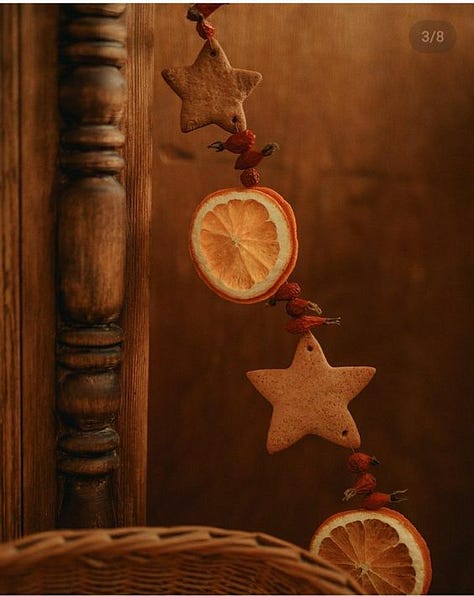
Colors! Every two or three days I spot a new color that repeats through all the reference images for a location or a scene, and it becomes my mission to track down objects in that color on the props and costume lists … like a paint-by-numbers piece of art.
Last night was our first costume fitting. We unwrapped lots of the new objects and spread them on the floor. A lot of colors are repeated, a few aren’t that we need to tie it all together. It was wild to sit on the floor and move stuff around.
Then our actor tried on his costume. I fully expected for main pieces not to fit … but his costume is perfect. The scarf is still being knitted, and if you have a pair of timeless (no rubber) men’s size 13 boots let me know. But here it is.
It is gonna be so much fun to film this movie with my whole team of fantastic volunteers.
🌘 Star Wars Phase ☄
Ani: the score is an underrated indie maybe-not-masterpiece but certainly fun for the people who made the music. I don’t recommend the play, although it has a few moments. And it sensitized me to Jar Jar Binks enough to watch and thoroughly enjoy the second two Star Wars prequel movies for the first time.
(I realized while watching Revenge of the Sith that the music in the sunset tower-window-staring scene was directly stolen and used for the weird opera interlude in Natasha, Pierre & the Great Comet of 1812. Maybe Dave Malloy feels about the prequels the same way Leo Tolstoy felt about opera in 19th-century Russia. This brings me much happiness.)
The Subversive Ordinariness of ‘Andor’ and ‘The Chosen’ ~ The Rabbit Room
Andor is many things: elegant, empathetic, subversive, thoughtful, and perhaps the first piece of Star Wars media to elicit tears of both righteous anger and emotional catharsis. It’s also a beautiful demonstration of the ordinariness of rebellion, the strength of community, and the importance of making a choice to fight evil.
[…] The dramatic question at the heart of Andor is “what would cause a previously disengaged person to give up their life for a revolution?” The internal transformation of the character from a greasy, impoverished loner to a sacrificial freedom fighter is the main draw.
Andor, then, is a story about radicalization. It’s about characters who were previously disengaged learning to care about something and make a stand for it, even risking loss of life. Ironically, The Chosen is about the same thing.
[…] The Empire aims to divide and isolate and create a zero sum game, but their downfall (both on Ferrix and in the later prison arc) comes when people bravely care for each other rather than fighting solely for their own self-interest. You can’t fight a revolution just for yourself, and by the end of the series, none of the citizens of Ferrix are making decisions to protect their own self-interest either. They’re making a covenantal stand for love of neighbor.
The one class I am taking this semester is Intro to Jewelry and Metalsmithing. We started our first real project today: a brooch.
And thank you to Amy for sharing this beautiful piece of art with me: The Nettle Dress. 💚
Quote: 🏹📜🌻
"We’re always rationally explaining and articulating things. But we’re at our most intelligent in the moment just before we start to explain or articulate. Great art occurs—or doesn’t—in that instant. What we turn to art for is precisely this moment, when we “know” something (we feel it) but can’t articulate it because it’s too complex and multiple. But the “knowing” at such moments, though happening without language, is real. I’d say this is what art is for: to remind us that this other sort of knowing is not only real, it’s superior to our usual (conceptual, reductive) way."
—George Saunders, A Swim in a Pond in the Rain


